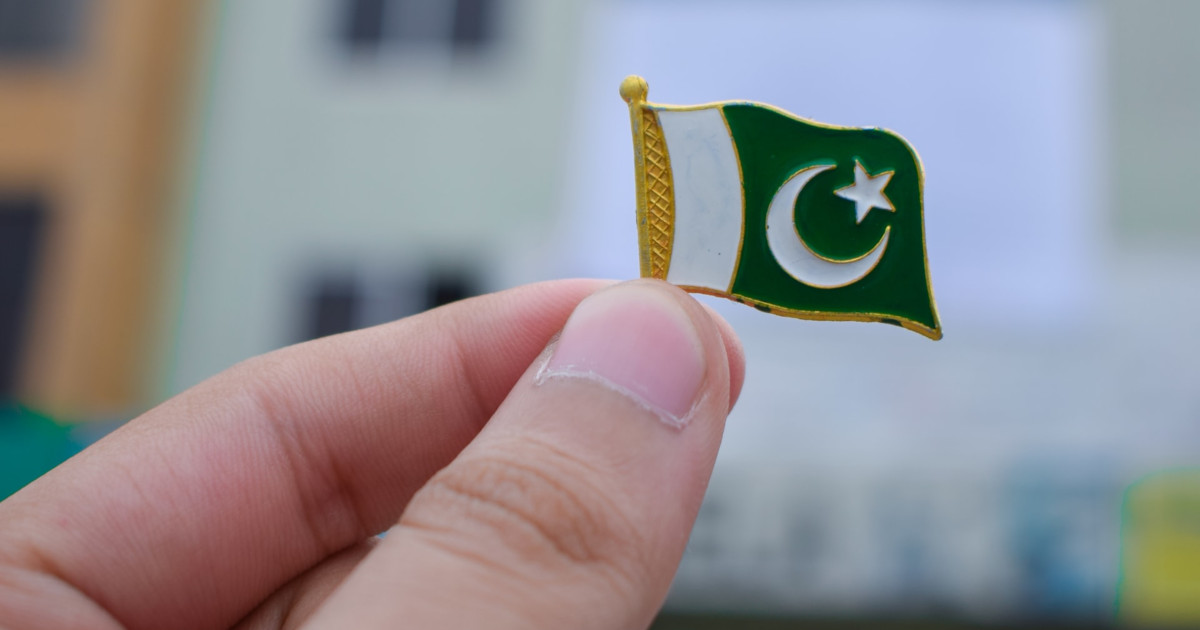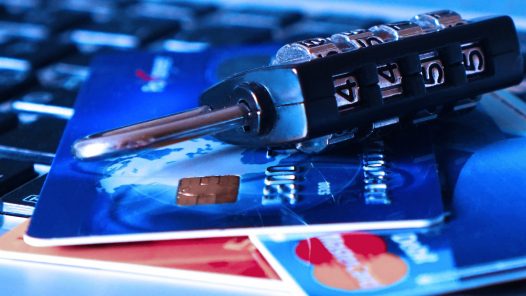Although the number of unbanked citizens in Pakistan has gone down somewhat in recent years, the gender gap has actually widened due to lack of awareness and user trust. For FinTech to fulfill its potential in this region, these issues must be tackled head-on.
You’ve probably been hearing talk about global financial inclusion over the past decade. Our own Stefan Kostic has written about onboarding the unbanked, for example.
It’s an issue we’ve all been trying to solve for some time now, and while things are improving, a few sticky issues are keeping us from reaching the full growth potential that inclusion promises.
Let me ask you this: did you know that more than half a billion people gained access to financial services for the very first time between 2014 and 2017? That means that the number of unbanked people worldwide dropped from 2.5 billion in 2011 to 1.7 billion in 2017.
That’s a great start, and it demonstrates that change is fully within reach. However, this growth was in no way evenly distributed, in terms of both geography and gender. Many countries around the world still struggle to more effectively achieve financial inclusion.
One of the countries with the most unbanked people, particularly women, is Pakistan. The unbanked in Pakistan amount to 6% of the global unbanked. That’s a lot, and it shows us why Pakistan should be one of our priorities when it comes to financial inclusion.
While Pakistan has committed to addressing this issue, and a lot faster than other countries as well, growth has been slower than predicted. And as inclusion rates increased over the last few years, so has the gender gap.
So, how do we go about spurring better, faster inclusion growth? How do we contribute to helping unbanked women in Pakistan?
Pakistan’s Financial Inclusion Growth: Slower than Expected
Pakistan has implemented various initiatives for financial inclusion and microfinance all the way back in the early ‘00s, much earlier than many countries around the world. The goal of Pakistan’s 2015 National Financial Inclusion Strategy was for 50% of adults to have bank accounts by 2020, including 25% of women.
This initiative resulted in over 10 banks offering digital services, the biggest of which are owned by mobile operators. With these systems in place, the number of people who have used financial services has risen, but this growth fell shy of what was expected.
According to the 2018 Financial Inclusion Insights Survey, the number of banked adults in Pakistan rose only 8% from 2014 to 2017, bringing the total to 21% of the adult population.
What is more, the gender gap between account owners increased during that period.
While the number of banked men rose from 21 to 34%, the number of banked women only rose from 5 to 7%. This means there’s almost a five times higher probability of Pakistani men having an account than women. How do we narrow this gender gap, then?
The answer might just be in your hand.
Like anywhere else around the world, mobile phone technology has enjoyed significant market penetration in Pakistan. It could very well prove to be the solution to our inclusion problems.
mBanking and FinTech as the Key Drivers for Onboarding the Unbanked
Did you know that more than 78% of Pakistanis have access to mobile phones? With that kind of coverage, you begin to understand how mBanking and FinTech might help change women’s access to banking services in Pakistan.
Why are physical banks not moving as fast as they can to bring the needed change? To start with, developing countries usually have fewer brick-and-mortar bank branches open. The World Bank tells us there were fewer than 11 bank branches per 100,000 people worldwide in 2018, whereas in the US this number stands at 31.
Furthermore, there is a problematic lack of trust in banks on the part of the Pakistani people.
One survey has found that 65% of Pakistanis would rather deal with people they know than banks when it comes to financial decisions. In the event of economic hardship, the overwhelming majority of 70% Pakistanis would prefer to get help from friends and family, compared to only 8% who would turn to banks.
Thus we see that the lack of physical banks and the lack of trust in them have led to a decrease in the importance of banks in Pakistani society, while at the same time high mobile market penetration reflects the rising potential of digital financing options and FinTech.
However, for digital financing to truly grow into its own, more initiatives are needed — to educate the Pakistani women, to raise awareness on all the viable financial options their mobile phone provides them, and most importantly, to implement truly secure authentication solutions to solidify user trust.
Increasing User Trust is the Only Way to Narrow the Gender Gap
In the current climate of cyberattacks always on the increase, it makes perfect sense that top-notch security is the most important factor for end-users when it comes to any FinTech.
That’s especially the case in developing countries like Pakistan, where people typically refuse to use these types of services because of distrust towards financial institutions and fear of losing their money. What can be done?
First and foremost, Pakistani women must be educated on these solutions. They need to know where their money goes, how they can use it, and how it is kept safe. Education will develop trust, but ultimately, that trust will be solidified and maintained by solutions that are absolutely secure. User security should be our main priority when aiming for higher adoption rates among the unbanked.
This means forgetting about SMS 2FA, header enrichment, and other insecure and inefficient authentication methods. We have to turn to innovative, yet complete solutions, ideally as part of MFA.
Last but not least, user experience must be right up there with security. Whatever process a FinTech business might choose, it can’t cause friction. For all the importance we place on security, users will also base their preferences on how easy an authentication option is to use. Studies have shown that 92% of users expect a fast, frictionless, but also secure experience, and 65% have abandoned opening an account or completing a transaction due to friction.
That’s why with IPification, we’ve made sure that both principles are applied and ensured equally.
IPification authenticates users within milliseconds by using mobile operator data in combination with device and SIM card data to verify a user’s identity. It’s a frictionless, secure solution that relies on already-existing mobile operator infrastructure, which is why it can be integrated within days.
With these capacities, IPification can provide Pakistani businesses with higher adoption rates — ensuring security and user privacy on one side and higher retention rates through a seamless user experience on the other.
In a country where mBanking and FinTech are the main channels for onboarding the high number of unbanked women, IPification is ready to lead the way toward much-needed change.



